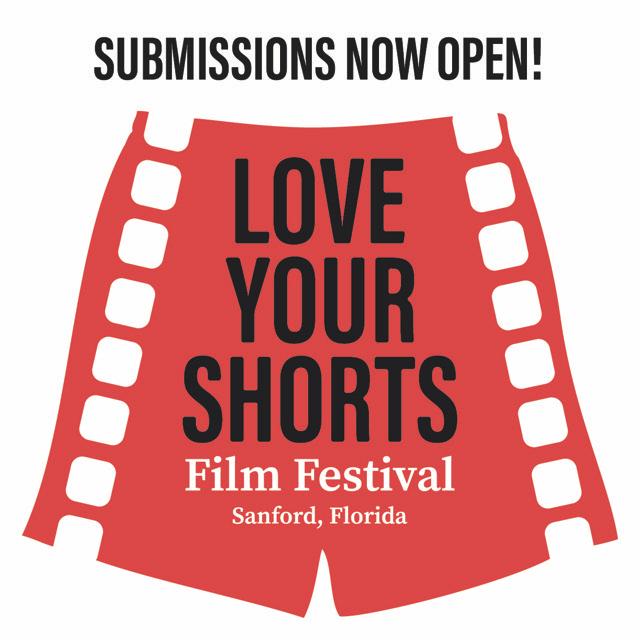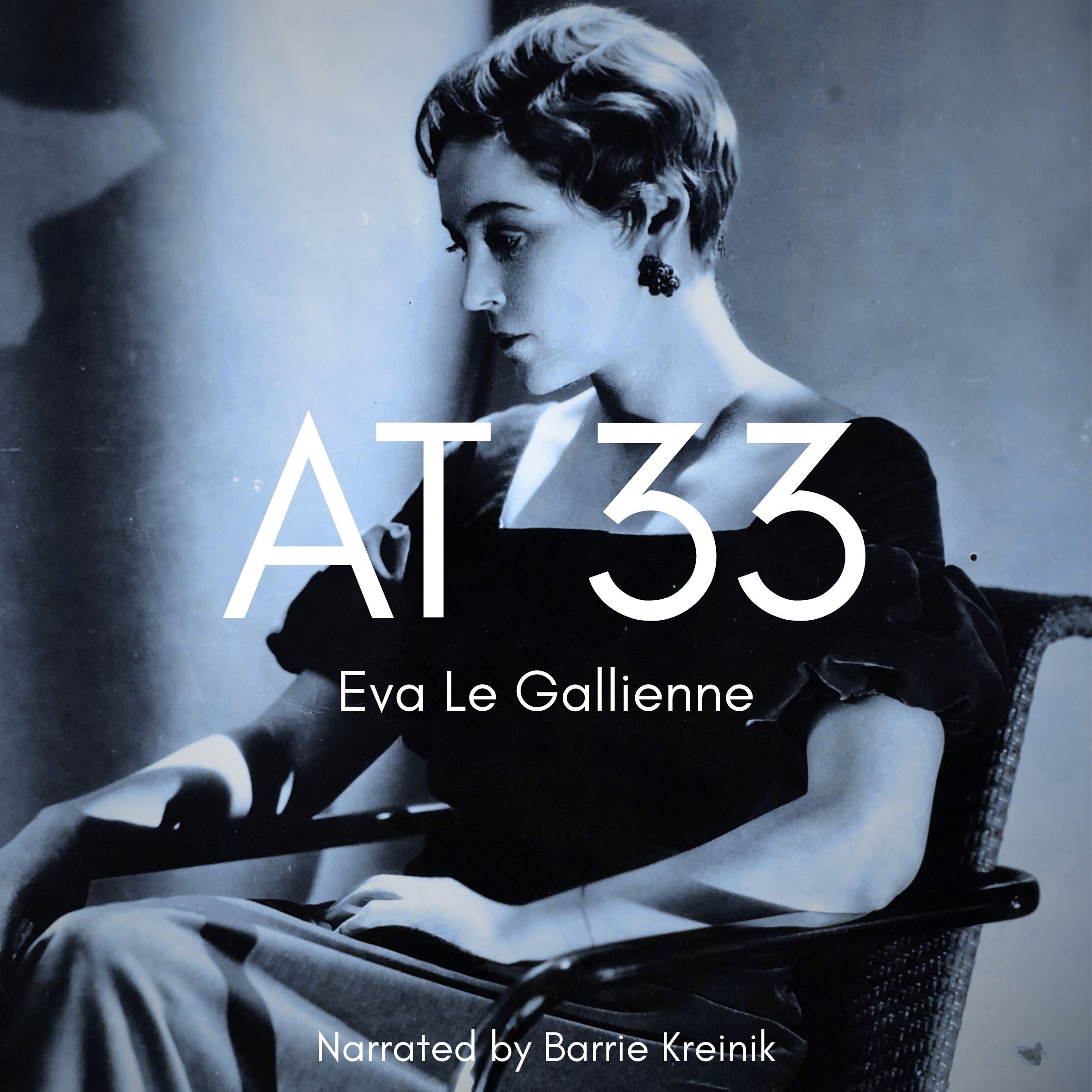Ohio 8
Listen to Ohio 8, a 26-year-old man from Lakewood, near Cleveland, Ohio, United States. Click or tap the triangle-shaped play button to hear the subject.
Both as a courtesy and to comply with copyright law, please remember to credit IDEA for direct or indirect use of samples. IDEA is a free resource; please consider supporting us.
BIOGRAPHICAL INFORMATION
AGE: 26
DATE OF BIRTH (DD/MM/YYYY): 23/03/1988
PLACE OF BIRTH: Lakewood, Ohio (in Cleveland metro area)
GENDER: male
ETHNICITY: Puerto Rican and Caucasian
OCCUPATION: student
EDUCATION: BA/BS and MD
AREAS OF RESIDENCE OUTSIDE REPRESENTATIVE REGION FOR LONGER THAN SIX MONTHS:
The subject was born and raised in the Lakewood area of the Cleveland metro area but attended university in South Bend, Indiana.
OTHER INFLUENCES ON SPEECH: N/A
The text used in our recordings of scripted speech can be found by clicking here.
RECORDED BY: David Nevell
DATE OF RECORDING (DD/MM/YYYY): 07/03/2014
PHONETIC TRANSCRIPTION OF SCRIPTED SPEECH: N/A
TRANSCRIBED BY: N/A
DATE OF TRANSCRIPTION (DD/MM/YYYY): N/A
ORTHOGRAPHIC TRANSCRIPTION OF UNSCRIPTED SPEECH:
[Subject comments on the scripted portion of the reading:] I just imagine, like, she tried all these methods and then literally put this goose down with ether, which is like that chemical they used in the eighteen-hundreds, to put like, people down. [laughter] Like yes, that’s our most, ya know, it’s just the way it was even phrased, it was just like, oh yeah, that was the most, ya know, it was the best explanation, the best thing we could do.So I grew up just outside of Cleve- like, west side, so like, uh, a suburb called Lakewood, which is about six miles west of the downtown, kinda, core urban area, and so I grew up in that city, and actually, kind of lived there for most of my first, I guess, eighteen years. We moved a couple times but always within the same city. And so, I went there; I didn’t go to the public school; my parents sent me to Catholic school, so I did that for first to eighth grade, and then, uh, I got a scholarship to, uh, like a private school in Lakewood, and so I went to there for four years.
I am, I- I’m finishing up my last year at, um, at Case Western, and then I- I know- I- there’s- I, I matched already into ophthalmology, so I’m gonna head up to Buffalo for the next three to four years. So, it’s kind of like matching into any specialty; it’s, uh, basically, ya know, you decide, pretty much in July of last year, what you kinda wanna do; you do this heinous application system where there’s several essays, no, one essay, multiple letters of recommendation, sort of, your grades, your transcripts, your personal statement, sort of, and it gets packeted and sent out to distinct places that you wanna apply to, and then they look at that and send you invitations to interview with them, and then you go to the interview, and at the end of this whole thing, you kinda decide what places you like out of those you interviewed, and then conversely the programs look at the applicants and say, “Which ones do we want in our program?” And it goes in this magical match system, computer algorithm, that kind of makes the fit that works the best. So, basically, you end up going, kind of, in preference of where you would like to see yourself.
Many, many things about it, ya know, I can go on about, uh, I love the structure of the eye; I, I really enjoy, like, the patience interaction [inaudible] people are really invested in the idea that sight is precious, and that, there’s — when you’re threatened with the chance, the, uh, perspective, of losing that sight, and be also, be able to intervene, and sorta help, is really kind of exciting, and kind of, um, rewarding for me. But there are other cool things, ya know; you get to play with really cool technology, you get to be a little bit of hands on, a little, uh clinical; you get to sort of follow people, long term, like, you can see people when they’re younger, and twenty years later still be doing, sorta, regular check-ups, and kind of, has a little of that primary care aspect to it.
A couple things, I guess, uh, two big things are people who are slightly, like, apathetic towards, like, sort of, in the daily day experiences, sort of, not being able to pull something from it, not being able to learn from what’s going on. I think to, kind of go in and expect to either be handed something all the time or to sorta be like “well this is a useless, waste of my time” ‘cause nothing’s, like, a really waste of your time, and it’s what you put into it is what you get out of it. And then second big thing is people who don’t use their, their freaking turn signals before they turn. Like so, exp-or, or when they do use their signals, but they turn it on the moment they are turning, and so you can’t — there’s no room for you to go around, and there’s no room to navigate, and for me that seems, like, very selfish.
TRANSCRIBED BY: Shawnia Keith (under supervision of David Nevell)
DATE OF TRANSCRIPTION (DD/MM/YYYY): 03/05/2014
PHONETIC TRANSCRIPTION OF UNSCRIPTED SPEECH: N/A
TRANSCRIBED BY: N/A
DATE OF TRANSCRIPTION (DD/MM/YYYY): N/A
SCHOLARLY COMMENTARY: N/A
COMMENTARY BY: N/A
DATE OF COMMENTARY (DD/MM/YYYY): N/A
The archive provides:
- Recordings of accent/dialect speakers from the region you select.
- Text of the speakers’ biographical details.
- Scholarly commentary and analysis in some cases.
- In most cases, an orthographic transcription of the speakers’ unscripted speech. In a small number of cases, you will also find a narrow phonetic transcription of the sample (see Phonetic Transcriptions for a complete list). The recordings average four minutes in length and feature both the reading of one of two standard passages, and some unscripted speech. The two passages are Comma Gets a Cure (currently our standard passage) and The Rainbow Passage (used in our earliest recordings).
For instructional materials or coaching in the accents and dialects represented here, please go to Other Dialect Services.
 IDEA: International Dialects of English Archive
IDEA: International Dialects of English Archive



